Core Web Vitals Update: Everything You Need to Know
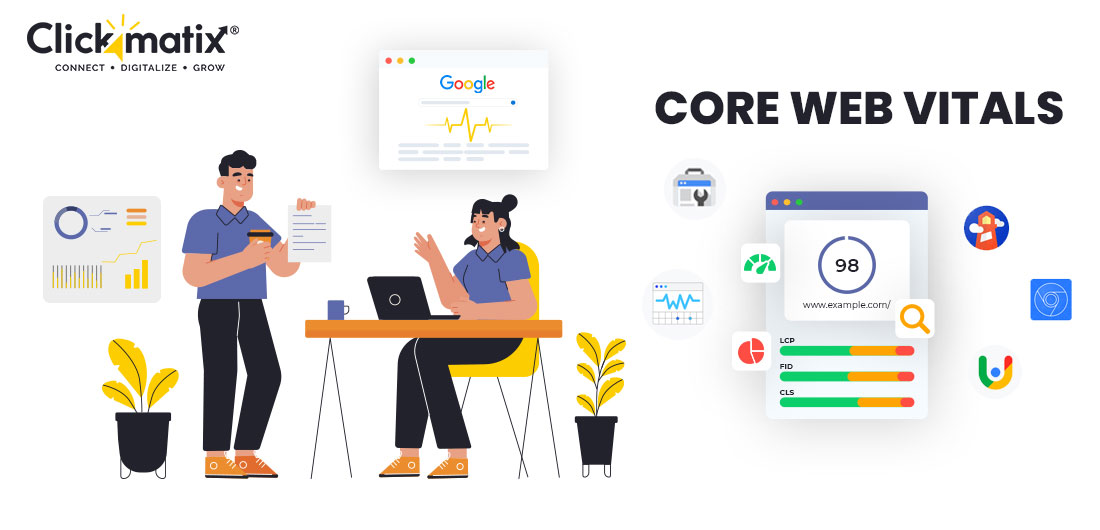
Every firm with a web presence is striving to please Google and figuring out the right way to utilise the algorithm to rank their website in the quest for greater organic search rankings. Most of the time, sticking to a consistent content plan and using above-board SEO strategies can help you rank for your desired phrases. However, in May 2020, Google announced that it goes beyond what you as a marketer would be able to update on your own. The Core Web Vitals algorithm upgrade is intended to make any website’s page experience more enjoyable and secure than ever before. These improvements began going out in June 2021, and by July 2021, they appeared to be more thoroughly implemented.
What should you do to reduce your chances of losing organic ranks due to the latest changes?
Google’s new metrics go deeper into how a website is constructed and how that code is translated into a web page that you and I can view. Some components of your website can be handled by a marketer, while others may require the assistance of a developer. A technical SEO analysis can help you understand what Google sees and can do to boost your visibility.
Over the next few months, the new Google Page Experience update will be gradually rolled out. The expected completion date for Google is August 2021. So there’s still time to make sure your site is up to date and address any issues that (may) arise.
This critical change will drive the website’s performance and its impact on online searches, so it is vital to understand the Google Page update and ways to adapting. In the SEO community, the term “Google Core Web Vitals“ is popular amongst many. If you want your website to be ready for the Page Experience change, you should align with and optimise the three new ranking signals known as Core Web Vitals.
The search engine giant revealed the Page Experience update in November 2020, which would feature Core Web Vitals as crucial ranking symbolically.
The goal of this upgrade is to make the user experience better. Core Web Vitals and current ranking signals, according to Google, are essential characteristics that improve a web user’s browsing experience. Let’s dive into the three Core Web Vitals and tools that can help you determine if your website complies with these new ranking signals:
3 Crucial Web Vitals to Consider
The majority of the page experience items we mentioned earlier are no longer relevant. In other situations, we’ve been paying attention to these issues for years. While Core Web Vitals aren’t new to web development, they aren’t familiar with the formula that determines where your website appears in search results.
This means that we must all conduct testing to determine how well our websites perform in each of these categories.
Largest Contentful Paint (LCP)
The length of time it takes for your website’s primary content to load is referred to as LCP. Page loading times impact your website’s user experience, making LCP an essential element of the Google algorithm upgrade. Users expect a smooth experience on your website. If most of the information takes too long to load, people will most likely abandon your site and seek out another resource.
Core Web Vitals can be measured using a variety of technologies. LCP is measured by technical SEO specialists using LCP test tools such as Google Search Console, Google’s PageSpeed Insights Tool, and Chrome DevTools.
The Most Common Causes of a Low Lcp Score
If your page has a poor score for this statistic in the Core Web Vitals report, look into the following possibilities:
- Responsiveness of the server
- Time to load resources
- JavaScript and CSS hinder rendering
- Rendering on the client’s end
First Input Delay (FID)
One of the Google Web Vitals that assesses your page’s interactivity is First Input Delay. The time delay between user interaction and statistic measures for user input. A click, tap, or keypress could be the interaction in question. A low FID indicates that the site is useful and interactive, and capable of providing a good user experience.
Because today’s websites are dynamic and touch-driven, this update is critical. Visitors to the site have grown to expect an answer in under a second. A reaction time of less than or equal to 100 milliseconds is considered instantaneous by users, hence this should be your target.
Core Web Vitals can be measured using a variety of technologies. Lighthouse in DevTools: Total Blocking Time (TBT) Feature, Chrome UX Report (CrUX) Dashboard, CrUX API, PageSpeed Insights, Search Console Core Web Vitals Report, and Firebase Performance Monitoring are all useful for measuring FID.
How to Make Your FID Better
You can enhance your FID by doing the following:
- With Google Web Vitals, you can check your site for any abnormalities.
- Third-party codes should be kept to a minimum.
- Internal connectivity should be improved.
- Remove any codes that are no longer in use from your files.
- Test your website on a variety of devices.
- Splitting codes is a good idea.
- Use the appropriate tools to assess your Google Web Vitals.
Cumulative Layout Shift (CLS)
CLS is the statistic that corresponds to Core Web Vitals’ visual stability measurement. Have you ever tried to click a button but instead ended yourself tapping a different link because the page layout changed unexpectedly? If that’s the case, this page’s CLS metric scores were low.
A low CLS score indicates your page’s stability. If your page isn’t performing well on this measure, you should seek assistance from technical SEO specialists and web developers to ensure your site is responsive and stable. Users are likely to leave if your advertising and other website elements interfere with a smooth surfing experience.
Technical SEO experts and site designers can help you strike a balance between content and advertisements. They may also make sure your site is responsive across all browsers and devices.
The bottom line is that to rank higher in Google search results, you must:
- Increase the time it takes for each page to load
- Make your page layout as stable as possible while tweaking the responsiveness of your website
- Suppose your Core Web Vitals fall below the figures specified.
- In that case, you may have difficulty attaining the desired rankings, or – as some websites have already begun to experience – you may lose some visibility unless you make improvements.
Core Web Vitals Measuring
There are numerous tools available that can provide you with feedback on your Core Web Vitals. Our team makes use of Google’s PageSpeed Insights tool.

Get weekly insights for revenue-shifting results
Sign up for our newsletter and be the first one to know about our exclusive offers, digital marketing news and updates.
|
|
Thank you for Signing Up |


- All you have to do is type in the URL and hit the Analyze button.
You can get the same information from a variety of other places, including:
A Core Web Vitals Report is now available in Google Search Console as part of the tools available.
- In Chrome, go to “Inspect” and select the Lighthouse tab.
This is the tool that Chrome uses to assess Core Web Vitals. This, too, was built by Google and will provide you with similar insight into what is lowering a page’s score.
SEM Rush: This software, which is aimed at assisting you in improving your organic exposure, now includes reports that will properly put you into Core Web Vitals and what you may need to address. We recommend that you go over it and then use PageSpeed Insights to dig deeper into the details of a specific page’s difficulties.
How to Read a PageSpeed Insights Core Web Vitals Report
You’ll see an overall score as well as a breakdown of the various Core Web Vitals after studying a URL in PageSpeed Insights. Some data is derived from actual usage statistics, while others depict what Google believes the user is going through.
FOR A COMPLETE PICTURE OF WHAT GOOGLE SEEKS, FIELD AND LAB DATA ARE REQUIRED.
You’ll note that part of the information in the report is based on actual website results. This is referred to as field data. It’s gathered over around four weeks. When field data is insufficient to provide the information you require, lab data is employed. It’s gathered in a controlled setting, making it beneficial for troubleshooting performance problems.
Continue scrolling down to learn more about the concerns that were discovered. To read more about what Google suggests you could do to improve your score on each item, click the down arrow next to each possibility.
Conclusion
Is a great Google Page Experience enough to get you to the top? Most likely not right away, but someday. This is expected to be a potential “tiebreaker” for website ranks in search engine results pages (SERPs). Those with a better page experience or core web vitals scores may be able to leapfrog others in the ranks (on the results pages).
Google considers around 200 more parameters when determining page rank. However, if you don’t optimise your website for the latest Google algorithm update, you risk giving your competitors a significant leg up. The Page Experience Google algorithm upgrade is currently rolling out.
It’s critical that you grasp the various Google Web Vitals and how to improve your page’s Core Web Vitals. It’s also beneficial to comprehend the Core Web Vitals report and have a plan in place if you’re not happy with your results.
It may appear daunting because this is a big deviation from old SEO approaches that did not explicitly benefit your site’s FID, CLS, or LCP. There are, however, tools available to assist you in keeping track of your page’s performance. There are also companies that can help you optimise your page and prepare your company for just about anything. More significantly, these experts can take advantage of future developments to help your company reach new heights.
In search for strategic sessions?
Let us understand your business thoroughly and help you
strategies your digital product.
It's time to call your business-
a brand!
Australian Owned Agency
Save Time and Money
Unbeatable Value
Where Work Gets Done
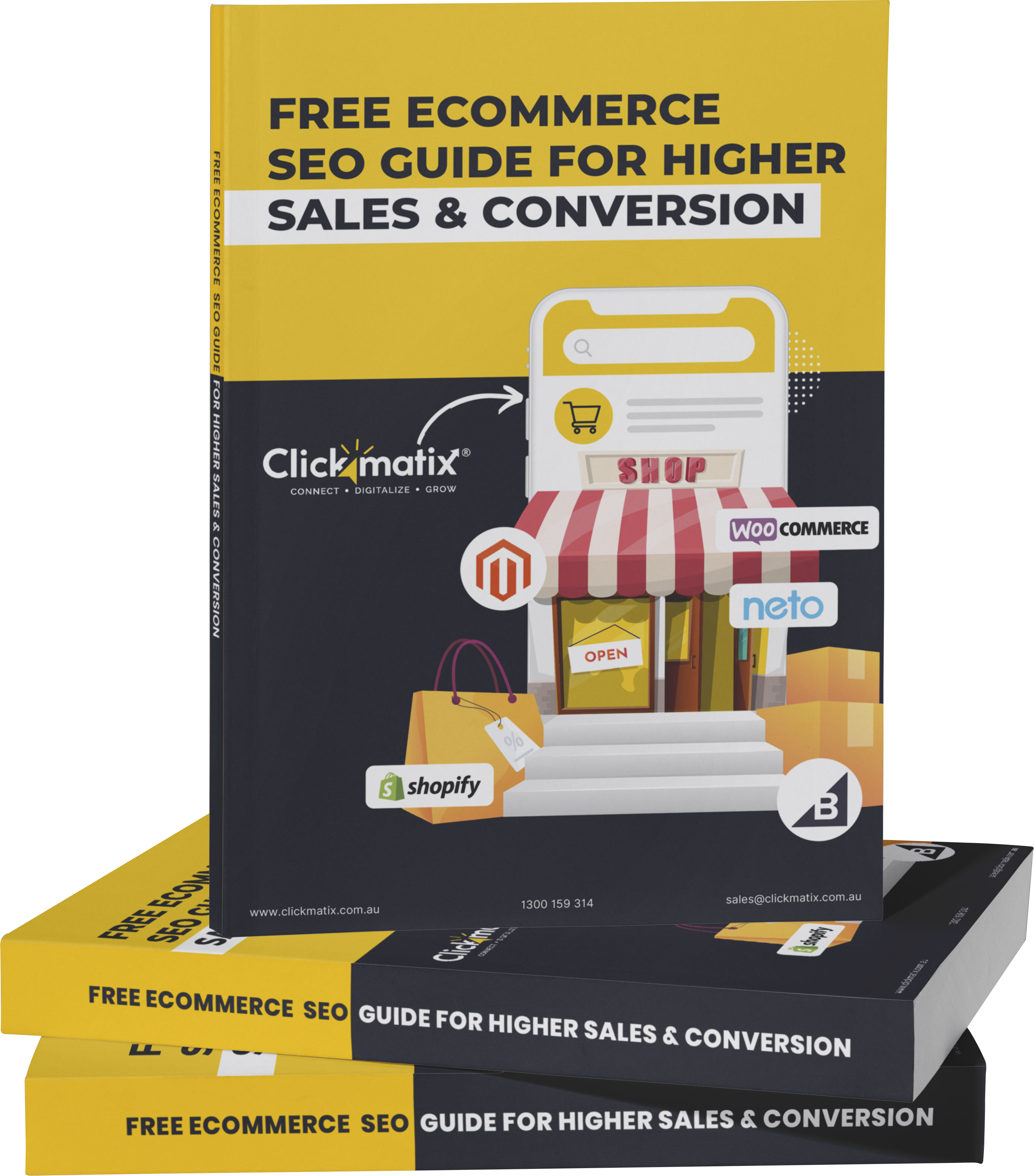
free Ecommerce SEO guide for Higher Sales & Conversion


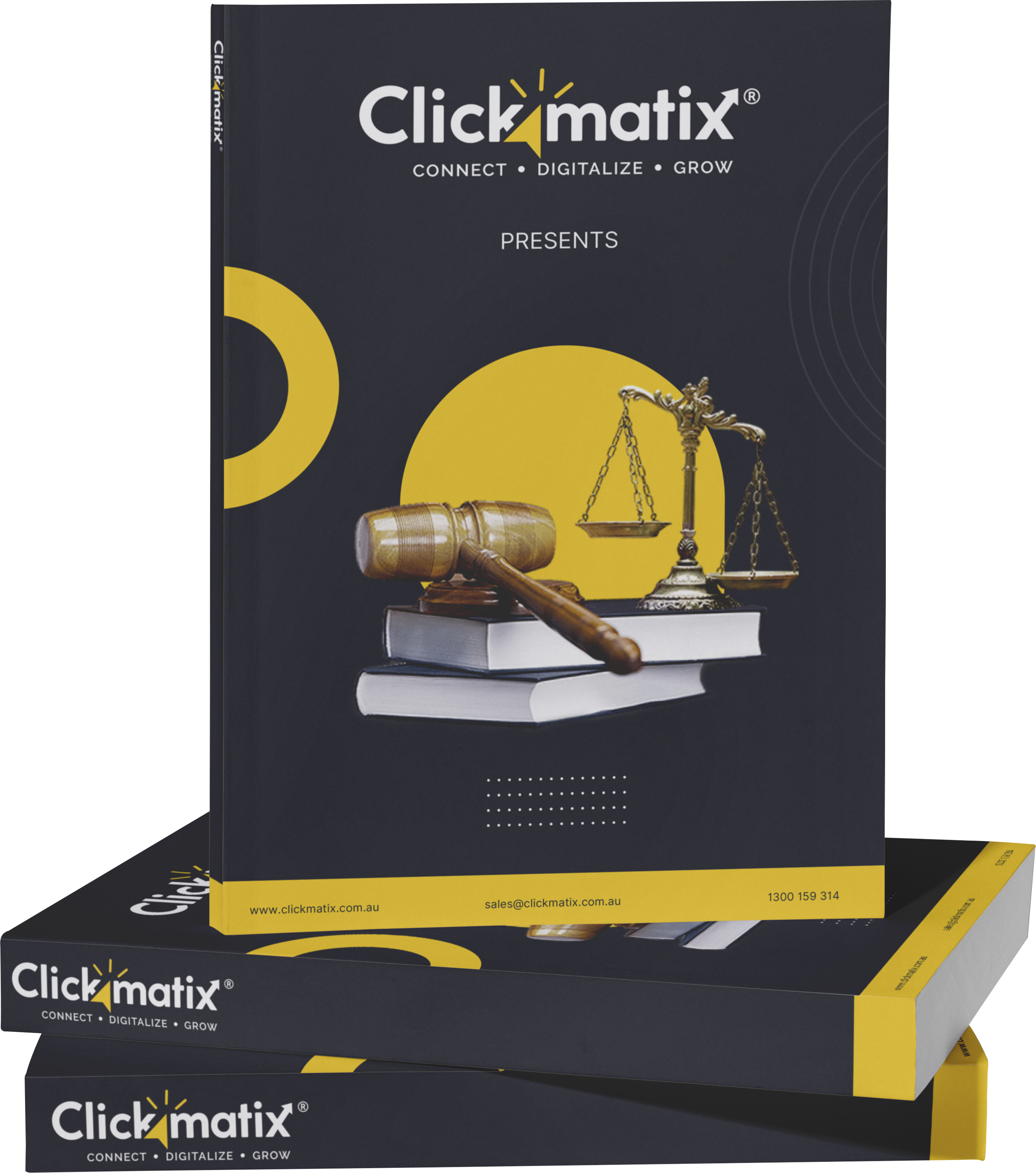
THE ULTIMATE MARKETING GUIDE FOR LAWYERS



Youtube Ads Guide How to Advertise on Youtube



free Ecommerce SEO guide for Higher Sales & Conversion


It's time to call your business-
a brand!
Australian Owned Agency
Save Time and Money
Unbeatable Value
Where Work Gets Done


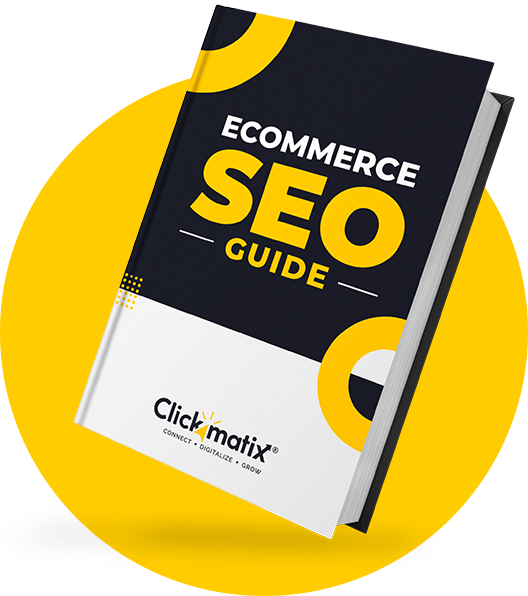
The Game-Changing Ecommerce SEO Guide That Will Blow Your Mind & Sales
With this Ecommerce SEO Guide, you'll be able to:
- Develop a Ecommerce SEO strategy.
- Build a content marketing strategy that aligns with your business goals.
- Convert your website visitors into paying customers.


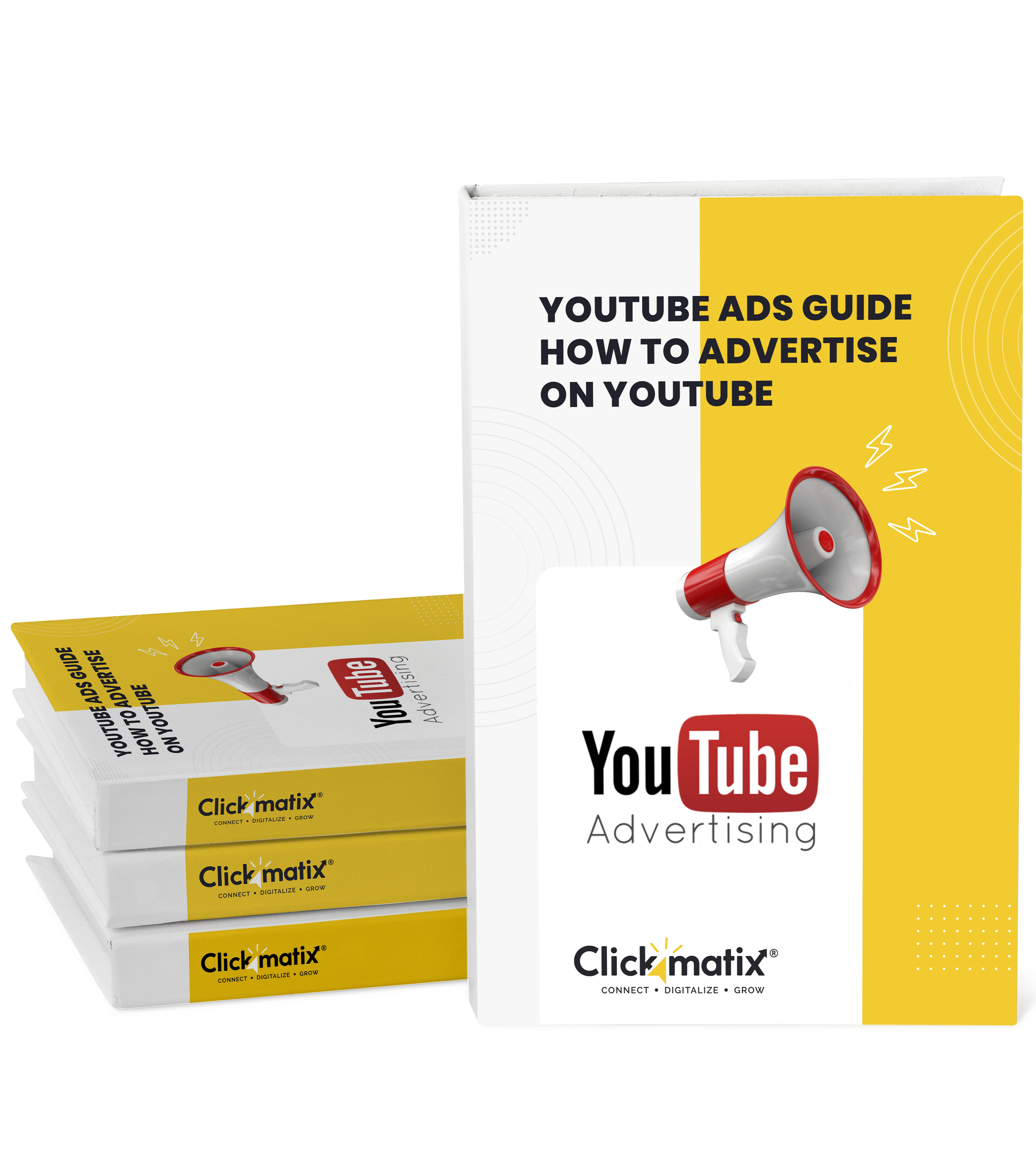
Youtube ads guide how to advertise on youtube
With this Youtube ads Guide, you'll be able to:
- Develop a Youtube ads strategy.
- Build a type of ads of your own that aligns with your business goals.
- Generate revenue from youtube ads.
It's time to call your business-
a brand!
Australian Owned Agency
Save Time and Money
Unbeatable Value
Where Work Gets Done








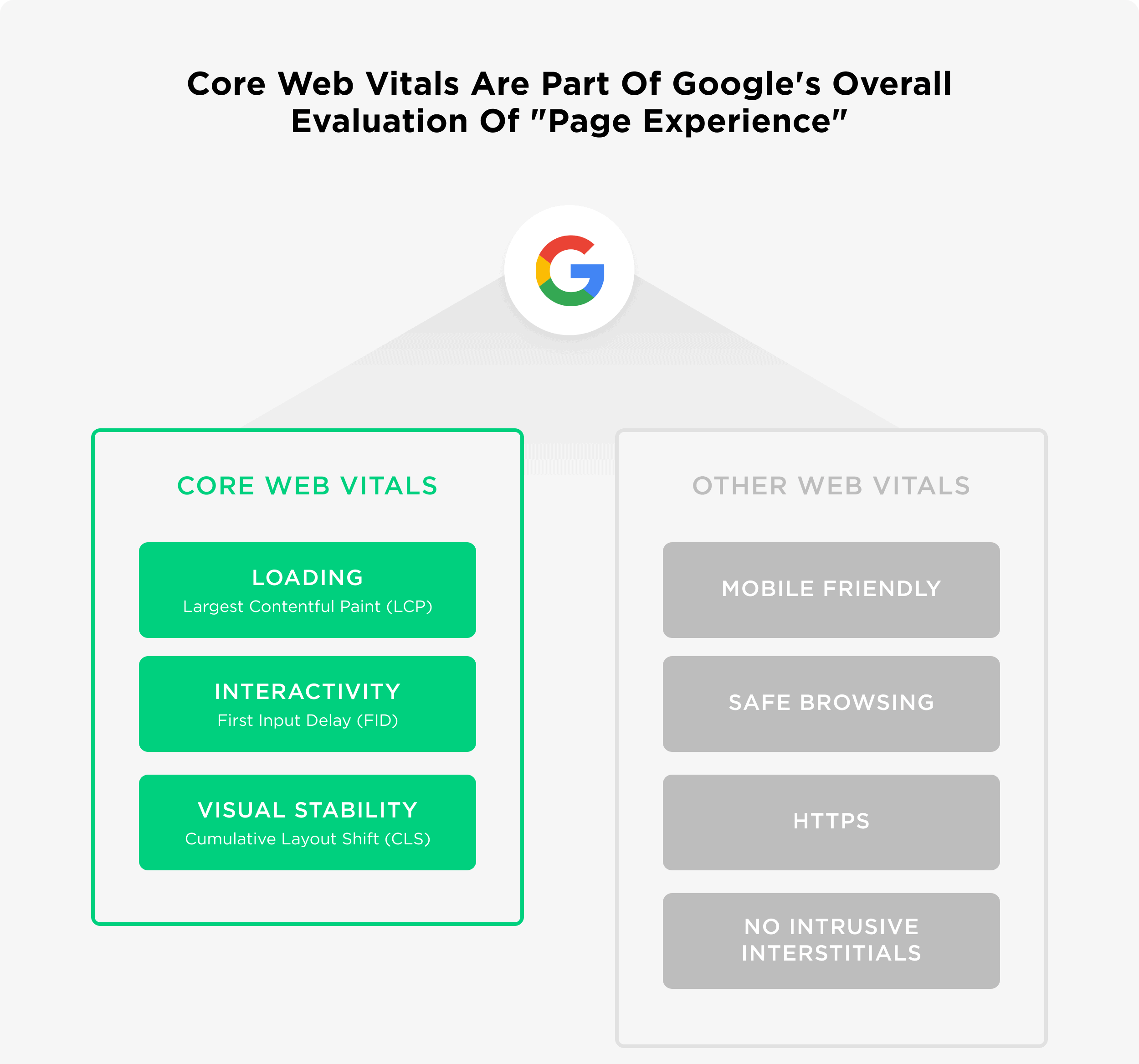



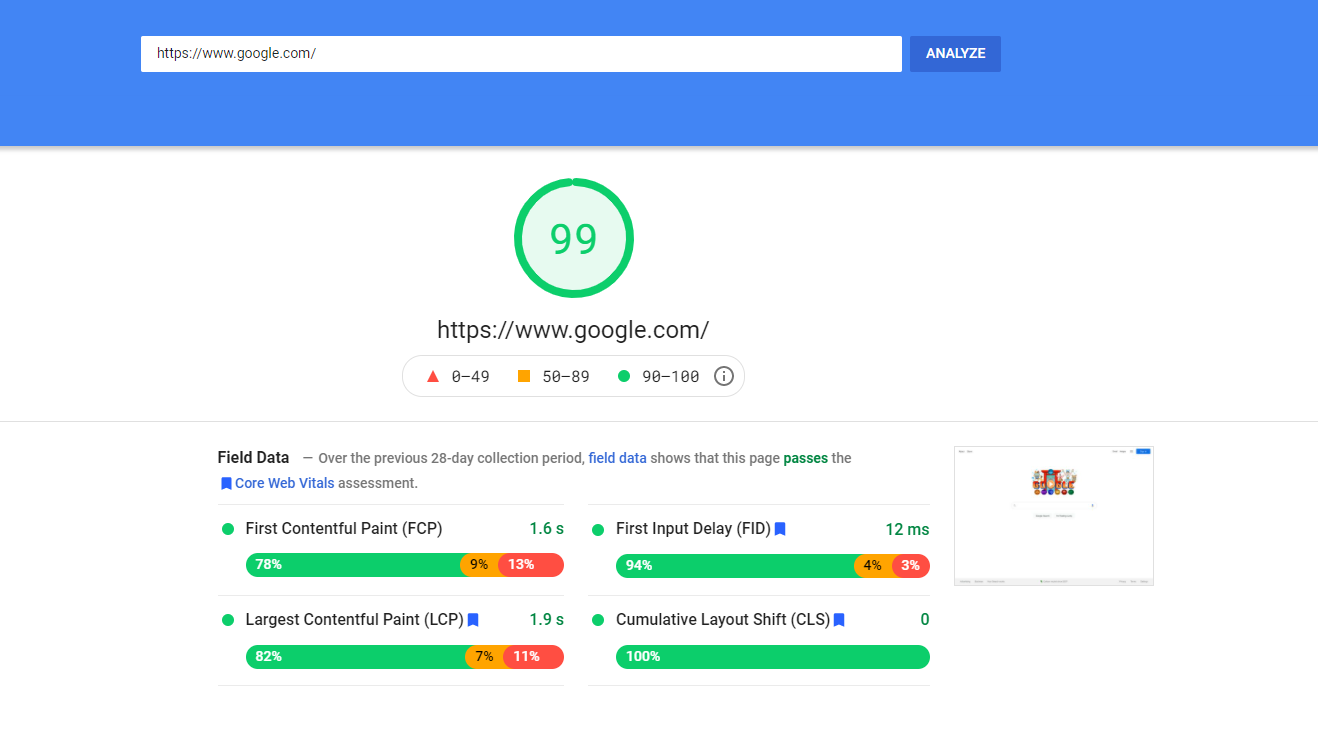
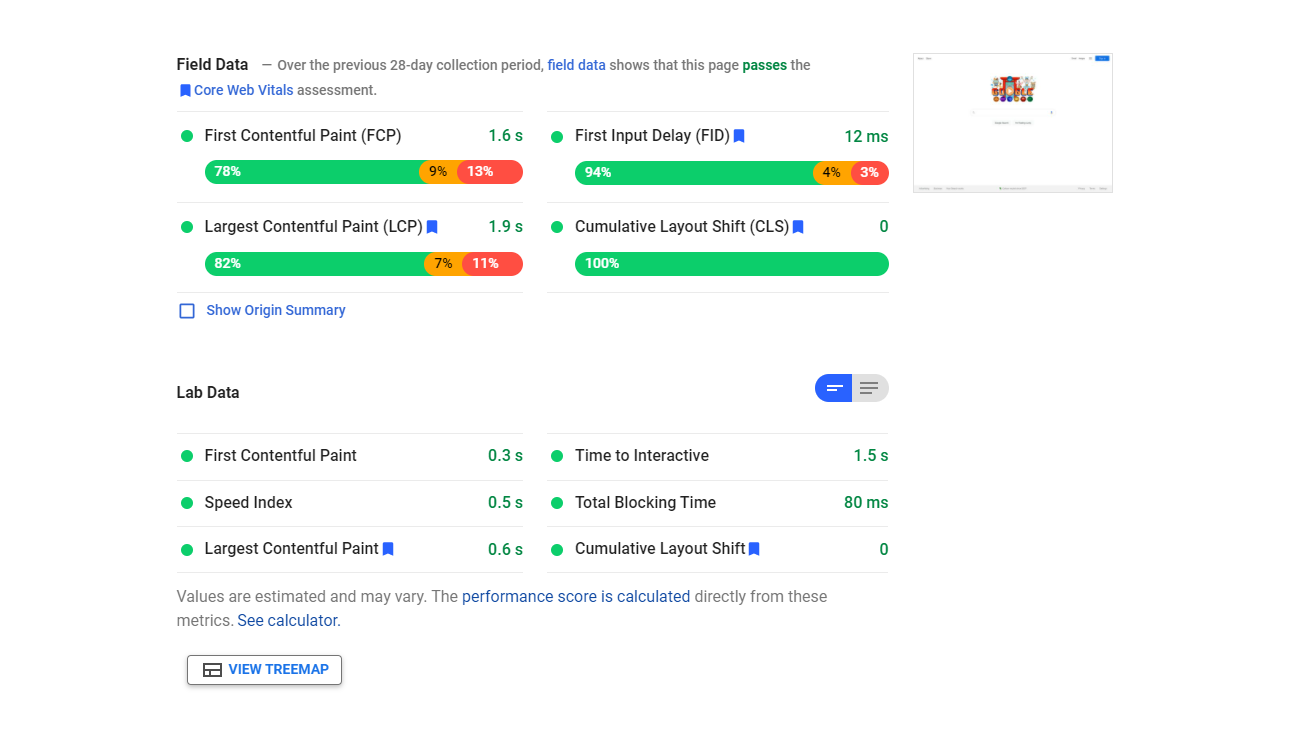
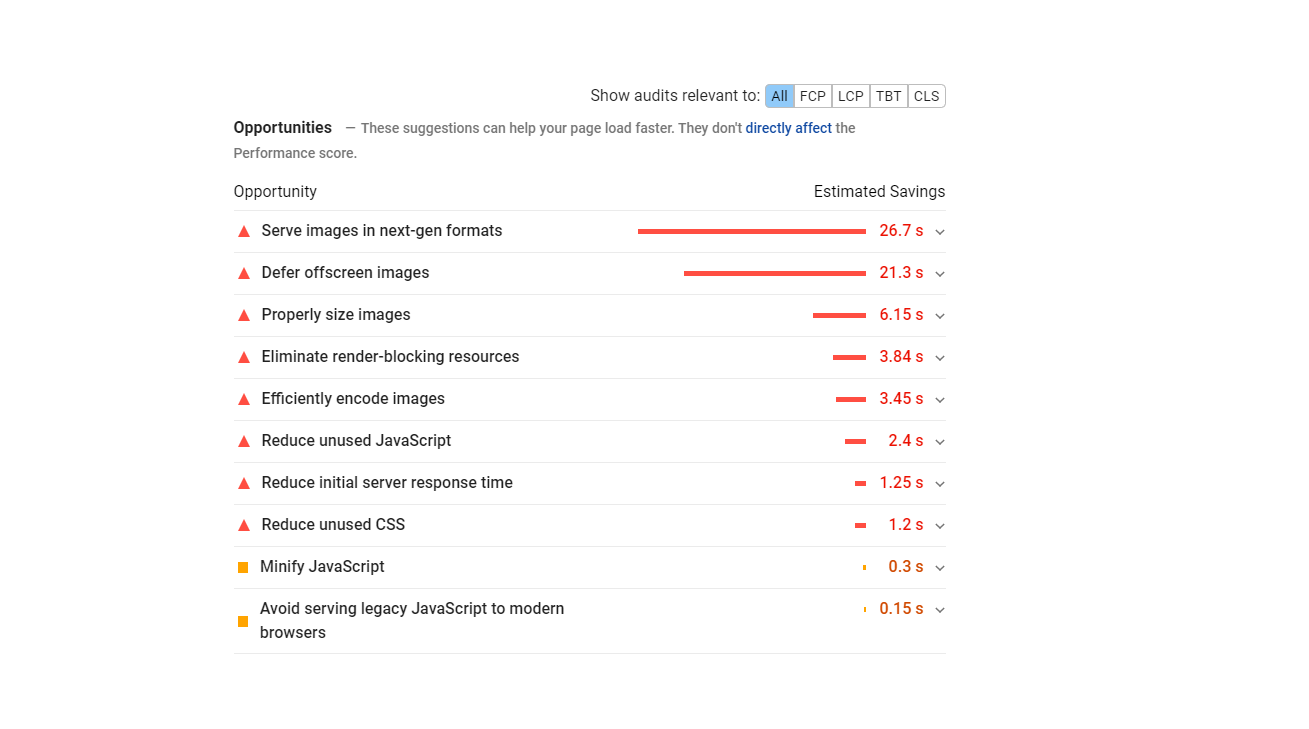
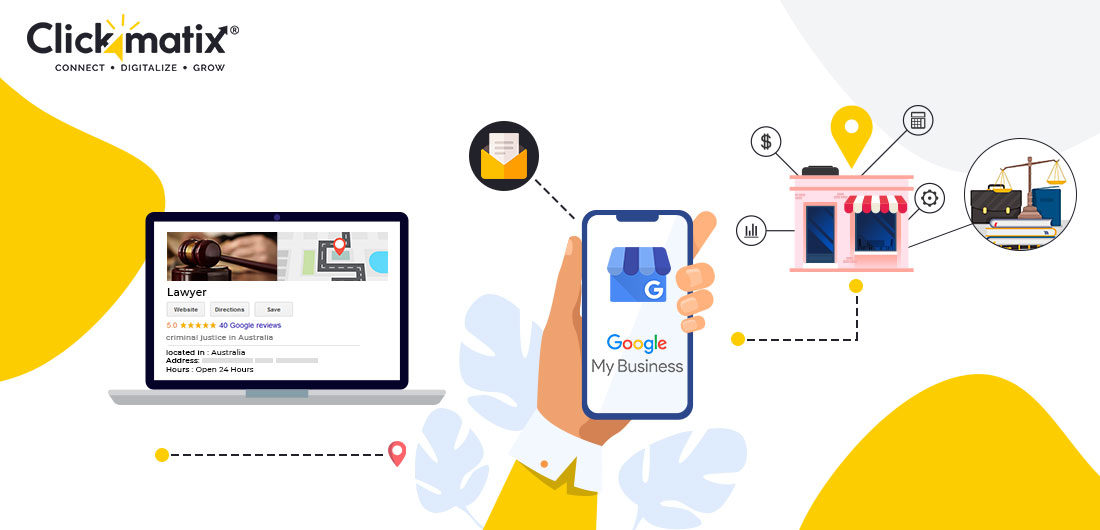

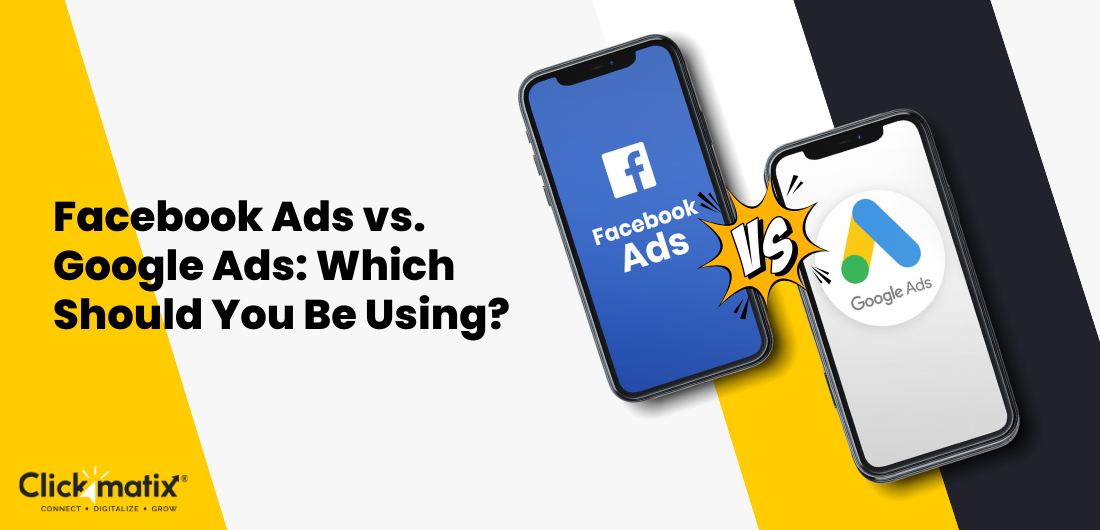


 Australian Owned Agency
Australian Owned Agency Save Time and Money
Save Time and Money Unbeatable Value
Unbeatable Value Where Work Gets Done
Where Work Gets Done